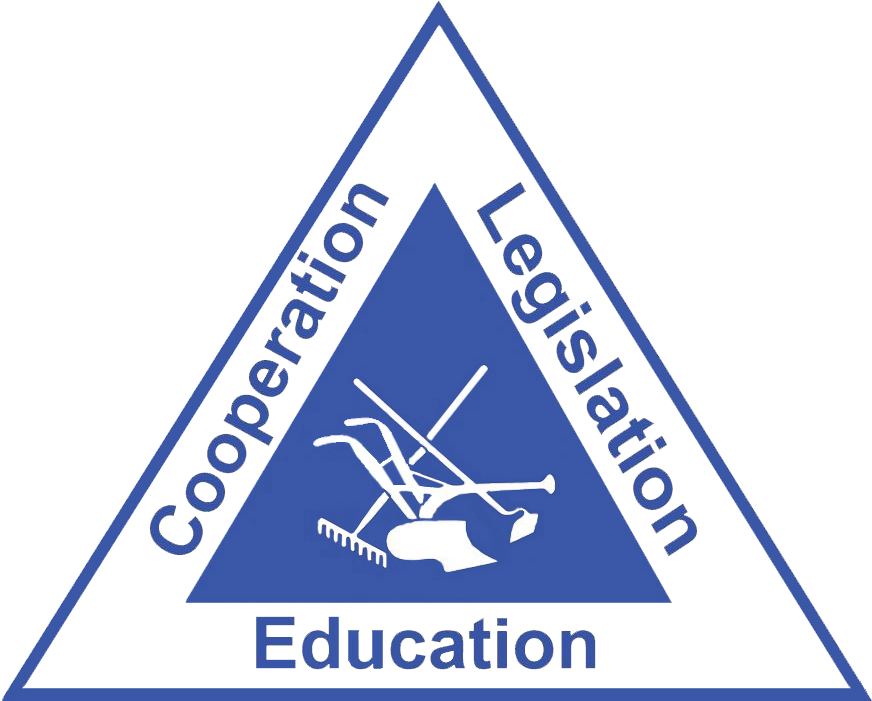 By Tom Driscoll, Director of Conservation Policy and NFU Foundation
By Tom Driscoll, Director of Conservation Policy and NFU Foundation
Farming is one of the few professions with the ability to not only reduce ongoing greenhouse gas (GHG) emissions, but to also remove existing GHGs from the atmosphere. National Farmers Union supports policies and programs that maximize agriculture’s GHG elimination potential by offering value to farmers for either climate-smart or emissions-reducing and carbon-sinking production and conservation practices.
Cap-and-trade programs, which limit ongoing emissions from major sources of GHG emissions, like power plants and industrial facilities, are one means of offering farmers value for climate-smart practices. These programs reduce overall GHG emissions, which is important to reducing the climate impacts of farming. But if these programs allow regulated GHG emitters to pay for emission reductions elsewhere, they can also drive value directly to farmers for climate-smart production and conservation. Cap-and-trade programs can drive emissions reductions where they can happen in the most cost-effective manner, and farmers can often achieve emissions reductions and sequester atmospheric GHGs for less money than the emitters these programs primarily regulate.
The state of California implemented a cap-and-trade program pursuant to the Global Warming Solutions Act (AB 32). The program allows for the creation and transfer-for-value of offset credits that meet regulatory criteria. Regulated entities may meet up to eight percent of their triennial compliance requirements by purchasing these credits. Participating farmers within California may be able to receive value for on-farm activities; in the future, other states may be able to recreate the program, or certain aspects of it, allowing many more farmers to receive financial compensation for climate-smart practices.
In California, each credit must be quantified using a California Air Resources Board (ARB) approved compliance offset protocol. These protocols accommodate a few climate-smart agriculture practices, and there are administrative procedures in place to approve more practices moving forward. Currently, ARB will approve credits some U.S. farmers create by:
- Capturing and destroying methane from manure management systems.
- The Compliance Offset Protocol Livestock Project can quantify GHG emission reductions resulting from the installation of a biogas control system (BCS) for manure management on dairies and swine farms. It is based on work done by the Climate Action Reserve, specifically the Livestock Project Protocol 2.21.
- Reducing methane emissions from rice production.
- The Compliance Offset Protocol for Rice Cultivation Projects documents emission reductions achieved by changing the duration of flooding, rice variety cultivated, and availability of crop residues and organic matter. Reductions are quantified using the DeNitrification-DeComposition (DNDC) biogeochemical process model.
Would you create and sell GHG emissions offsets on your farm if your state or federal government could facilitate the quantification of the emissions reductions or sink, on your farm? Why or why not? Please share your thoughts in the comments below.
Like what you’ve read? Check out our Climate Leaders home page, join the conversation in the NFU Climate Leaders Facebook Group, and keep up-to-date with NFU climate action by signing up for the mailing list.

